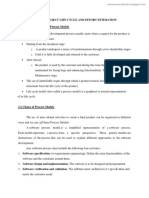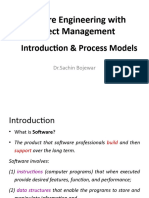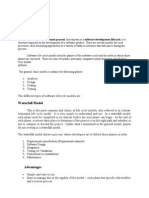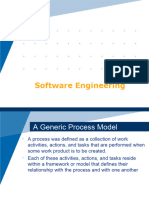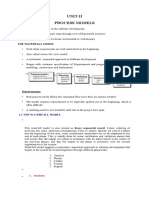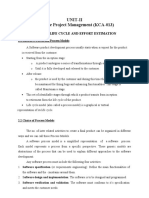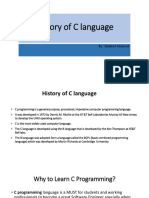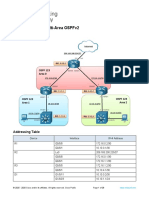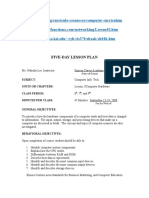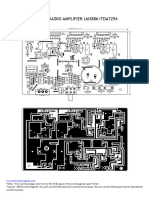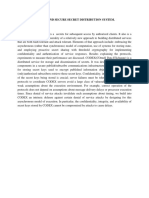0% found this document useful (0 votes)
13 views25 pagesSoftware Engineering
The document discusses various software engineering process models, including the Waterfall, Prototyping, Spiral, Incremental, and V models. It outlines the goals of software engineering, the phases involved in the software life cycle, and the advantages and disadvantages of each model. Additionally, it provides guidance on when to use specific models based on project requirements and characteristics.
Uploaded by
Ad NanCopyright
© © All Rights Reserved
We take content rights seriously. If you suspect this is your content, claim it here.
Available Formats
Download as PDF, TXT or read online on Scribd
0% found this document useful (0 votes)
13 views25 pagesSoftware Engineering
The document discusses various software engineering process models, including the Waterfall, Prototyping, Spiral, Incremental, and V models. It outlines the goals of software engineering, the phases involved in the software life cycle, and the advantages and disadvantages of each model. Additionally, it provides guidance on when to use specific models based on project requirements and characteristics.
Uploaded by
Ad NanCopyright
© © All Rights Reserved
We take content rights seriously. If you suspect this is your content, claim it here.
Available Formats
Download as PDF, TXT or read online on Scribd
/ 25





